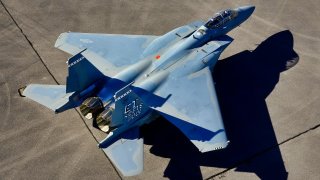Boeing's Mighty F-15EX Fighter: Just A Giant (and Expensive) Missile Truck?
Perhaps the most significant criticism of the F-15EX may be its cost. Boeing touted it as a cost-effective option to replace the F-15 Eagle, but now it seems that may not be the case. The Eagle II could be more expensive than the F-35 Lightning II.
Meet the F-15EX: In 2018, the United States Air Force began to consider the successor for its aging McDonnell Douglas F-15 Eagle aircraft, a twin-engine, all-weather tactical fighter that first entered service in 1976. It was a combat-proven fighter that had more than 100 victories with no losses in aerial engagements.
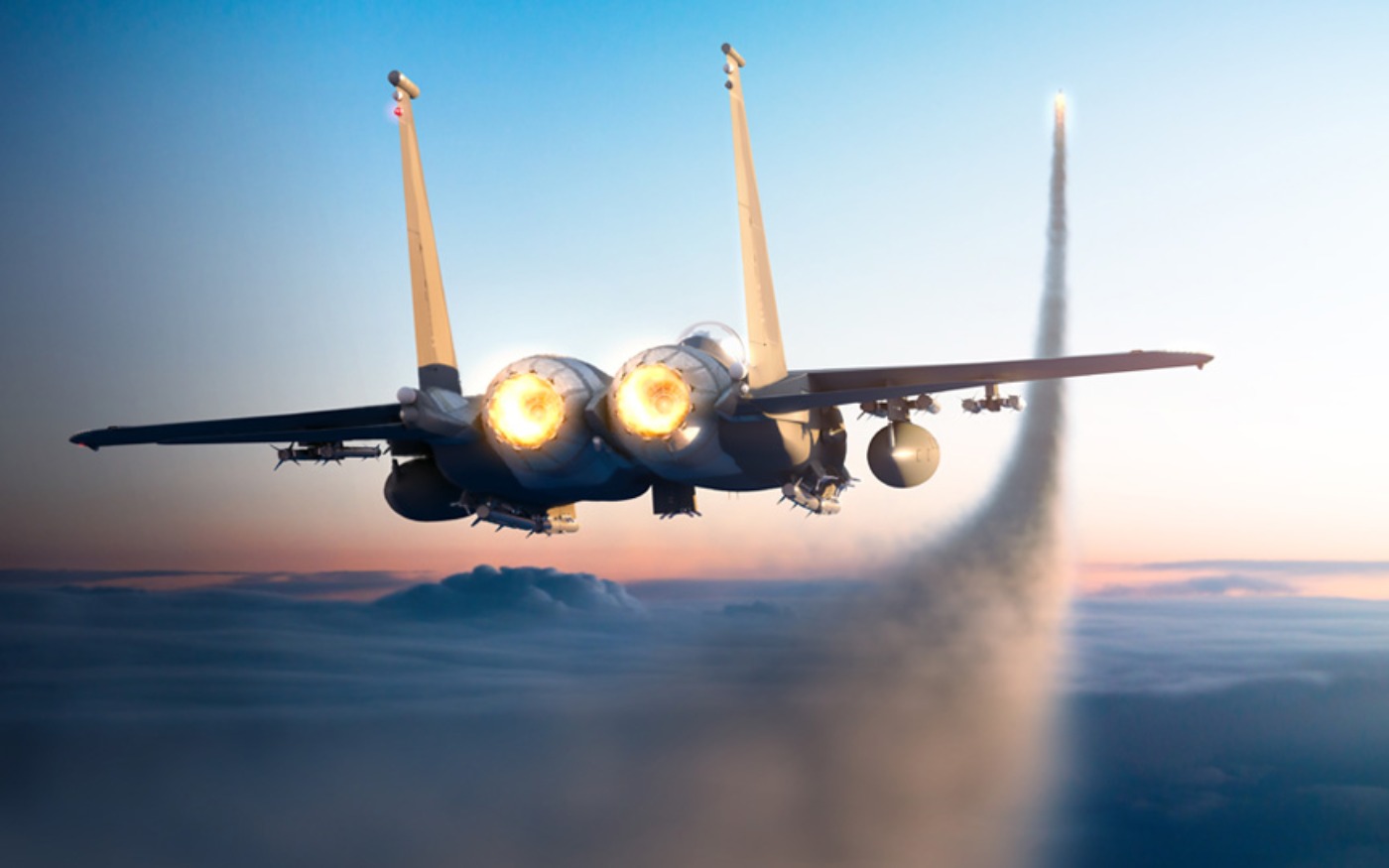
As previously reported by Maya Carlin for The National Interest, the service desired a new fighter that could carry up to 22 air-to-air missiles with the Advanced Missile and Bomb Ejector Rack, an AESA radar, and other sophisticated attributes. Boeing proposed two prototypes, a single-seat, and a two-seat variant, while the Air Force opted for the latter option.
The result was the F-15EX Eagle II, an aircraft that Boeing (which acquired McDonnell Douglas) has described as an Eagle for the 21st century.
The F-15EX Eagle II Was Hatched
The F-15EX is a two-seat all-weather, multirole fighter that offers enhanced capabilities that are completely unique to the U.S. Air Force. Though still a fourth-generation fighter, the F-15EX is loaded with newly adapted technologies while the platform was designed to be further upgradeable, which could make it a viable, lethal, high-threat environment-capable attack platform for years to come. The aircraft was developed to feature capabilities that are completely unique to the United States Air Force. The Eagle II offers fly-by-wire flight controls, new weapons stations, a new electronic warfare suite, advanced radar and computer, conformal fuel tanks, and a strengthened airframe.
Equipped with powerful engines, the F-15EX can also fly at a speed of Mach 2.5 (times the speed of sound), making it the fastest fighter jet across the globe.
New But Compatible Warbird
The Air Force has estimated that the F-15EX fighter shares about 70 percent of parts with the current F-15Cs and F-15Es that it will be replacing. In addition, the original production lines in St. Louis still in place, while the aircraft's training facilities, maintenance depots, and other infrastructure can be also be readily shifted to F-15EX support.
Boeing has claimed that the fighter will be easier to build and quicker to put into service, while it will also result in a platform that can be maintained over an equal number of F-35s. The aerospace giant further noted that the F-15EX can enable rapid technology insertion that will ensure the platform's relevance for decades to come. This will be accomplished via an Open Mission Systems Architecture, which can deliver Advanced Battle Management Systems (ABMS) capabilities, allowing the F-15EX to operate independently while isolated but also to reconnect to the global cloud.
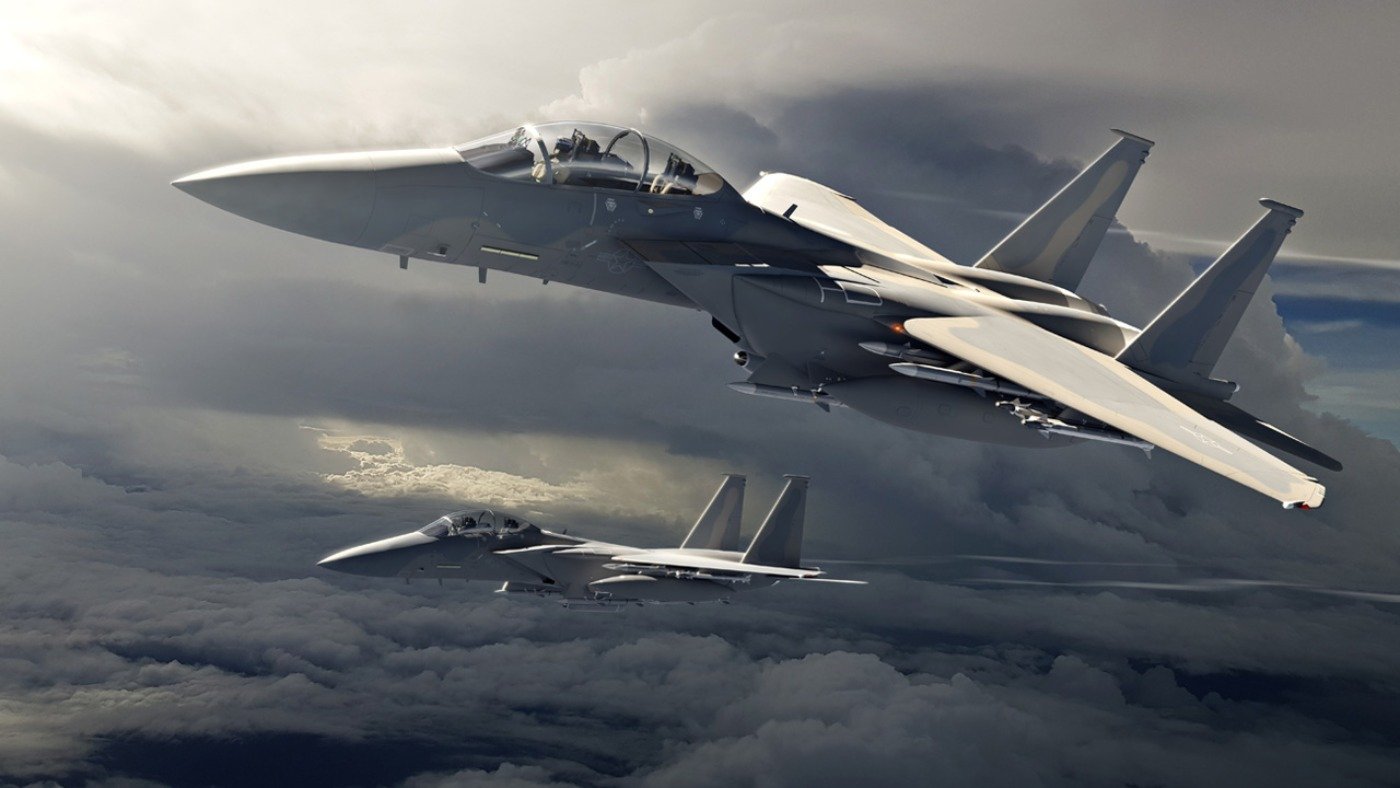
The aircraft, while lacking stealth and other capabilities of the Lockheed Martin F-35 Lightning II, could still be well-suited to serve as airborne controllers for future Collaborative Combat Aircraft and other drones, as a launch platform for advanced weapons including hypersonic weapons and other large ordnance, and as a new platform for advanced electronic warfare (EW) platforms.
A Super Eagle – The Missile Truck
The EX variant was developed with an improved deep magazine that could allow it to carry a load of advanced weapons – with a 28 percent larger payload than the F-15E – yet the fighter would require only minimal transitional training and little additional manpower from the older versions of the F-15.
Also known to some as the "Super Eagle," the F-15EX can notably store up to 30,000 pounds of munitions, a huge threshold when compared to the F-35 Lightning II's internal storage capacity of 6,000 pounds. This can include a mixture of three JASSM cruise missiles and 12 AMRAAM air-to-air missiles, which has been seen as a potent combination that is likely unmatched in the world of fighter jets.
As described by Boeing, "The F-15EX delivers affordable mass to address rapidly evolving threats. When this payload is combined with range, contemporary sensors and an advanced electronic warfare suite, the F-15EX presents peer adversaries with multiple challenges both inside and outside of threat rings."
The F-15EX could operate as a "missile truck" that would be able to put enough missiles into the air, to clear a path through enemy interceptors, and in the process allow other U.S. aircraft – notably the F-35 – to complete their mission.
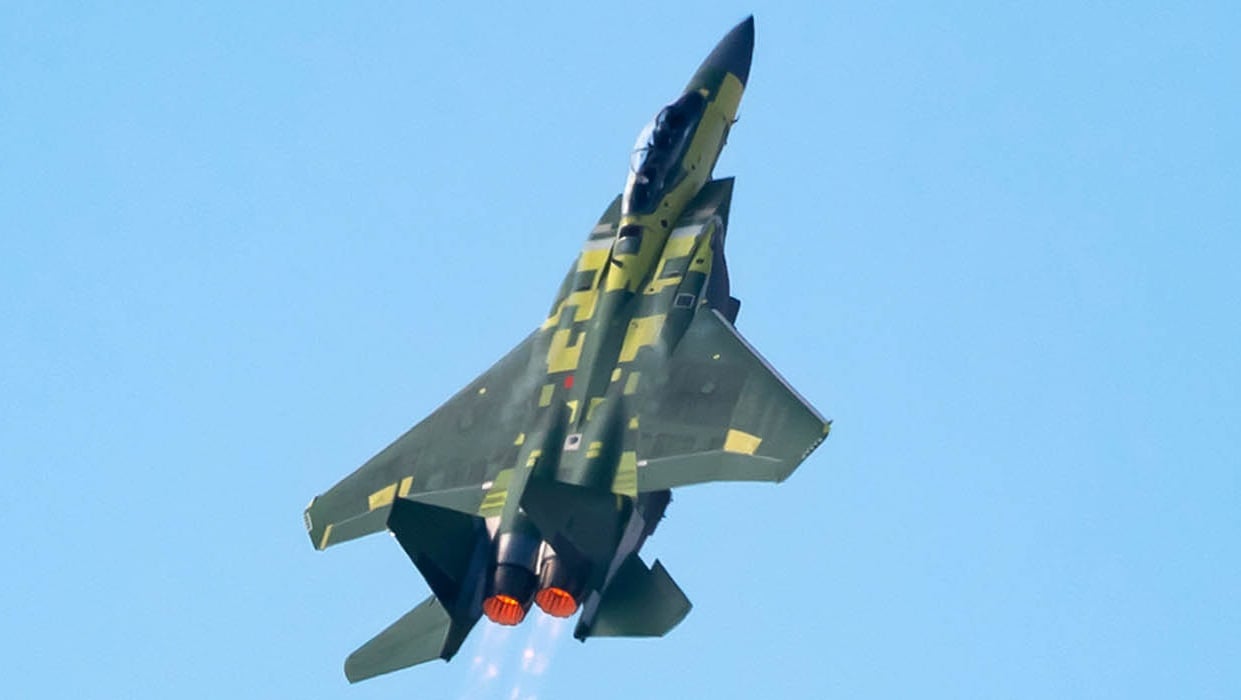
At least in theory?
Also writing for The National Interest, Mark Episkopos noted in March 2021 that it may hardly matter how many missiles the F-15EX can carry if it doesn't actually survive long enough to use them. The Eagle II could be targeted by a variety of advanced air defense systems.
"It's worth noting that the F-35 can carry a similarly impressive sixteen missiles in its 'third day of war' – also known as 'beast mode' – configuration," Episkopos emphasized. "What practical battlefield tasks can be accomplished with twenty-two missiles that can't be accomplished with sixteen missiles? It is difficult to conceive of a remotely likely scenario in which the F-15EX would both need, and be able to, unload its entire payload."
Too Costly?
Yet, perhaps the biggest criticism of the F-15EX may be its cost. Boeing touted it as a cost-effective option to replace the F-15 Eagle, but now it seems that may not be the case. The Eagle II could be as expensive and even more than the F-35 Lightning II.
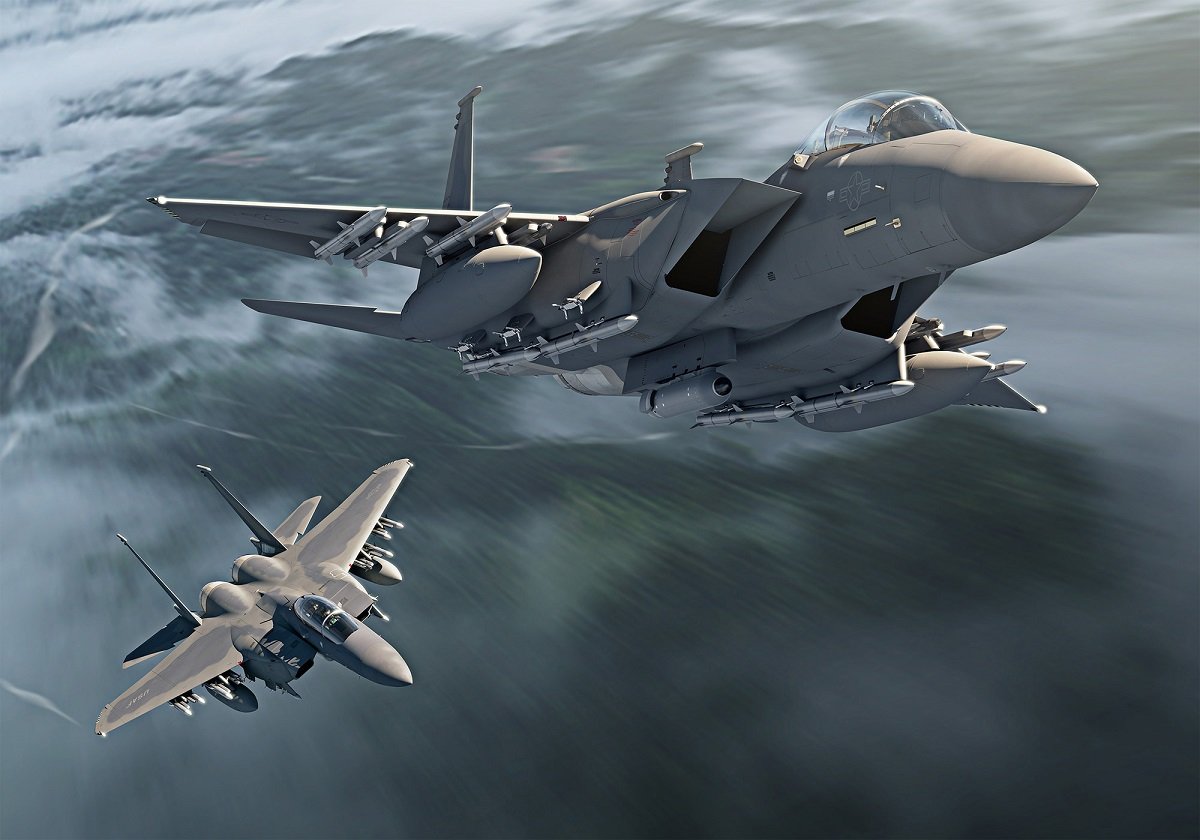
The "flyaway cost" may simply make the Eagle II too expensive, despite its capabilities.
Peter Suciu: Author Experience and Expertise
Peter Suciu is a Michigan-based writer. He has contributed to more than four dozen magazines, newspapers, and websites with over 3,200 published pieces over a twenty-year career in journalism. He regularly writes about military hardware, firearms history, cybersecurity, politics, and international affairs. Peter is also a Contributing Writer for Forbes and Clearance Jobs. You can follow him on Twitter: @PeterSuciu.
All images are Creative Commons.


